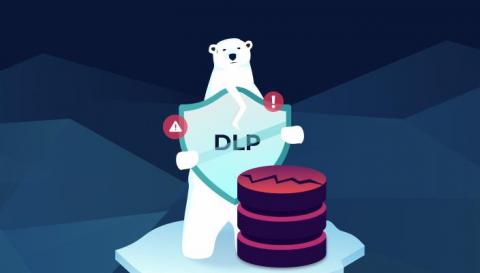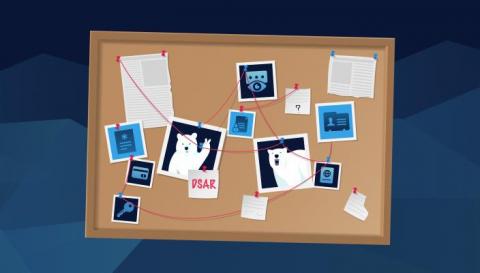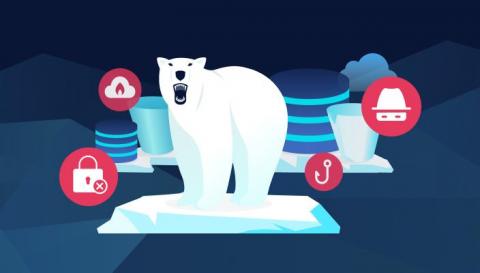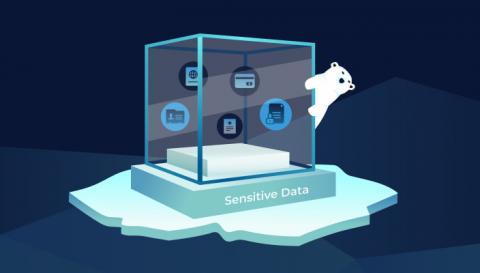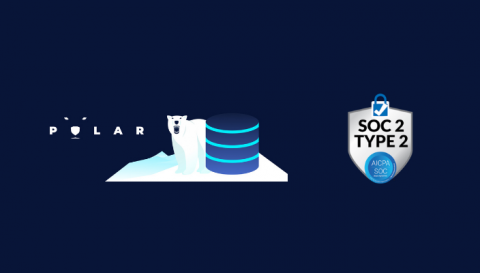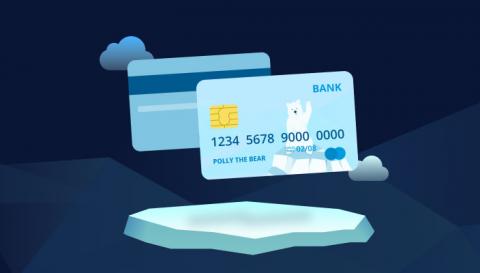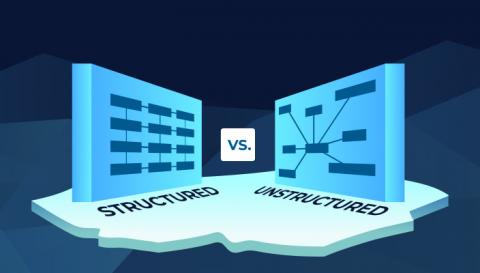10 Best Practices for Cloud Security Posture Management
A famous quote attributed to bank robber Willie “the Actor” Sutton states: “I rob banks because that’s where the money is.” Well, in recent years, as more of our data migrates to the cloud, crime follows. According to a recent report by intelligence firm IDC, 98% of the companies surveyed had experienced at least one cloud data breach 18 months prior to the study.




